Football
Bob Bowlsby Suggests Recruiting Shift That Could Help Oklahoma State
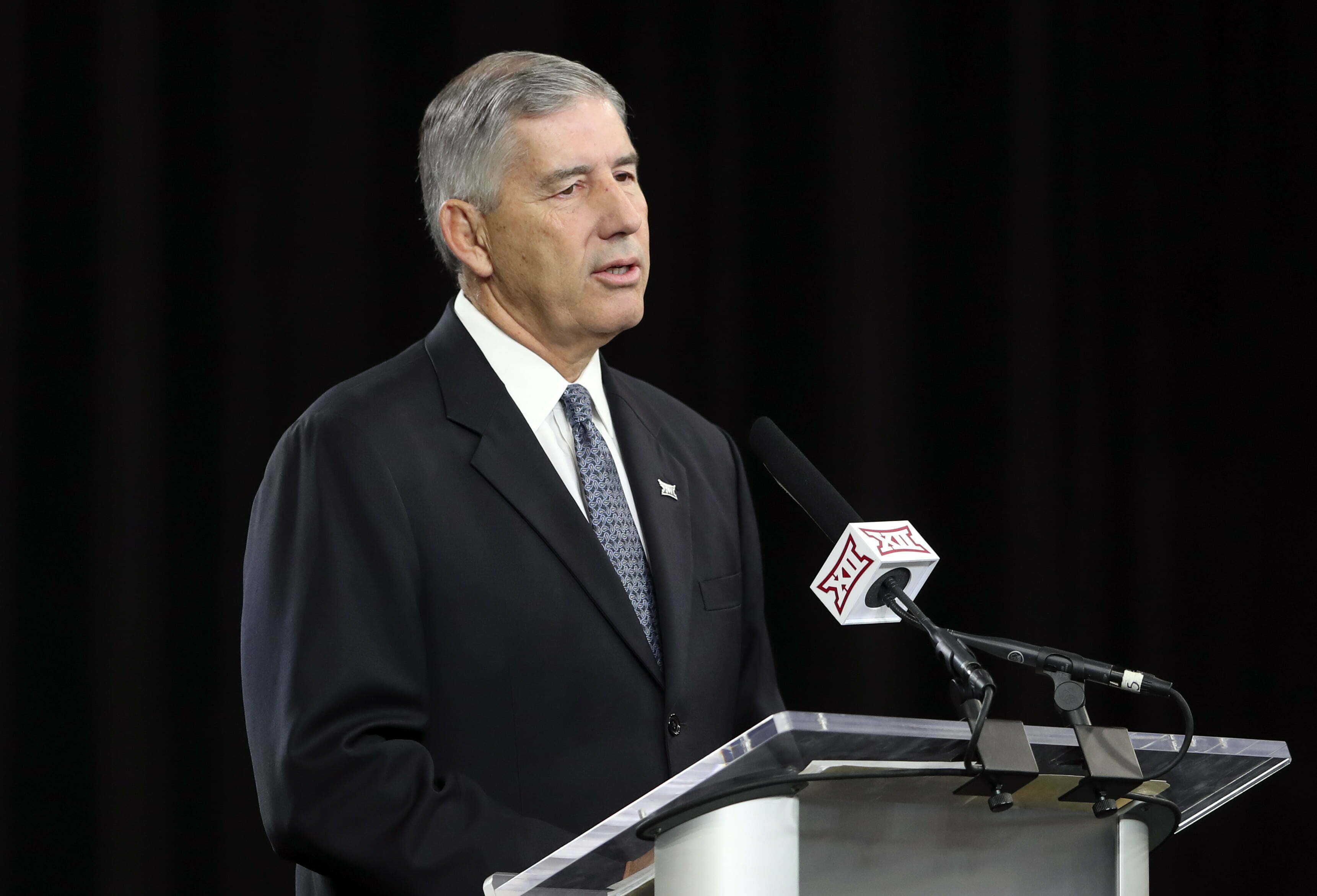
Bob Bowlsby has, to put it rather bluntly, said a lot of crazy things during his run as commissioner of the Big 12. Like on Monday when he said we may one day be watching the Super Bowl on the inside of our eyelids. Or that time he doubled down on the questionable “One True Champion” slogan and chose not to pick between Baylor and TCU, instead dubbing both as co-champions and (potentially) screwing the Big 12 out of a CFP appearance.
Some of these things he has to say, of course, because he’s the commissioner. Others, he probably could have left alone.
But Monday, Bowlsby said something far from crazy that could potentially benefit Oklahoma State a great deal when it comes to recruiting, suggesting a sweeping change regarding National Signing Day and challenging the status quo.
“I’m not sure that a signing date is exactly what we need in today’s environment,” Bowlsby said at Big 12 Media Days. “I have asked coaches, athletic directors, conference commissioners repeatedly over the last 12 months why we have a signing date. It seems to me that, if we have 70 percent of the student-athletes, the prospects that want to commit relatively early, that one date is not all that important. The only answer I’ve ever gotten is because we’ve always had a signing date.”
Bowlsby is the commissioner of a major college conference, so to call him anything other than an intelligent human would be stupid on my part. And I have no reason to think he’s not sharp as a whip. But what he isn’t (typically) known for is being progressive—at least not on major issues lately.
- Example A: The conference implemented a Big 12 title game that will take place starting this season after discovering that a thirteenth data point would improve the conference’s odds of sending a representative to the CFP.
- Example B: The conference explored expansion only after OU president David Boren said it was “psychologically disadvantaged” as being the smallest Power 5 conference.
But when it comes to recruiting, Bowlsby is driving the progressive taxi. He was at the forefront of the push to implement a December signing day, another event that will take place starting this year. And now he’s at least floated the idea of a basketball-like signing period for football that would completely shake up the recruiting calendar as we know it.
“I think you could end up with a signing window where you say, ‘okay, we’re going to do visits in April, May, and June, we’re going to go to camp,'” said Bowlsby. “If you want to get the recruiting process over, the institution can issue a letter of intent. You’ve got 14 days to sign it. And maybe the window runs from October 1st to November 15th, or maybe it runs from September 1st to November 1st, and you get it over before the postseason. I don’t know why there can’t be a window where you offer the scholarship. If the student-athlete wants to conclude the recruitment process and the institution knows they’d like to make a decision, they go ahead and do it.”
An offer window—which isn’t in place but is feasible on paper—would by far be the biggest benefit to OSU. Oklahoma State has consistently been a top school in the region when it comes to evaluations, so an offer window—and offering up a signing window—could benefit the Cowboys and their talent for identifying big names early as opposed to sitting back and poaching prospects from other schools.
As Bowlsby said in an insane stat drop on Monday, FBS schools make an average of 233 oral offers per recruiting cycle. 233! That’s two entire football teams and a loaded squad of water boys. The crazy amount of offers have turned recruiting into a spectacle, and it’s made the act of extended scholarship offers more informal than ever. Especially because recruiting classes are now capped at 25 member-classes as a means of limiting schools from over-recruiting and forcing transfers. (Looking at you, Bama!)
“We just passed a rule that you can’t oversign any longer,” Bowlsby said regarding the average FBS school sending out 233 offers orally. “There’s a lot of disingenuousness in the system, and I think we need to try to clean that up as much as we possibly can. It seems to me that maybe a signing window might be the answer to it, but we have a lot more work to do on it, and I wouldn’t presume to say how it’s going to turn out at this point.”
A shake-up of that proportion by shifting to signing windows would drastically alter the evaluation calendar, as TCU coach Gary Patterson noted Monday. That could be a problem, given OSU’s knack for evaluating. But the plus side is it could take the air out of what has become an annual pageantry event that is National Signing Day.
“My biggest problem I have with kids right now, maybe even parents, I do more coaching of parents than I do of players,” Patterson said. “Our job is to prepare them for what’s going to happen when they get out of college, and I’m not really sure — you asked me what that has to do with Signing Day. I think that all has to do with Signing Day. We make sure kids grow up and become what we want them to become, not just as football players, but as people. They get a degree so they can go on in life and become somebody. I think, if we’re not careful, we’re making it into a show, and that’s not really what we’re trying to get accomplished.”
Changing from a signing day into a signing window would be a dramatic shift in philosophy, and logistically speaking it’d be a nightmare trying to re-work an entire calendar to accommodate for shifts in official visit windows, dead periods, live periods, quiet periods, offer periods and signing periods. But as we’ve seen with basketball, there are significantly fewer de-commitments, flips and twists that come as a part of a late change of heart from recruits that put schools into binds. It almost punishes schools who get in on recruits early through evaluation and identification as OSU does. That’s why a signing window would be of great benefit to OSU because its recent rash of dealing with de-commitments to other schools, although a shift in the entire calendar could have a direct impact on the staff’s evaluation strategy and its approach to recruiting in general.
Like Patterson said on Monday, easing into the implementation of this when it comes to a change of that magnitude is best. Figuring out the logistics in advance and how it would impact schools on the whole is of utmost importance to ensure the playing field remains level. But bringing up the possibility and challenging the status quo as Bob Bowlsby has done is where these changes have stemmed from before—and it’s where changes down the line might be made, too.

-
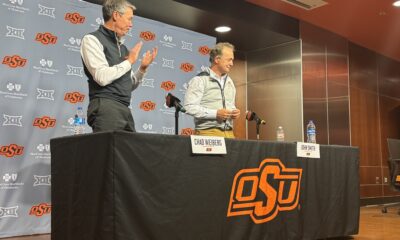
 Wrestling5 days ago
Wrestling5 days agoThe Top 5 Quotes from John Smith’s Retirement News Conference
-
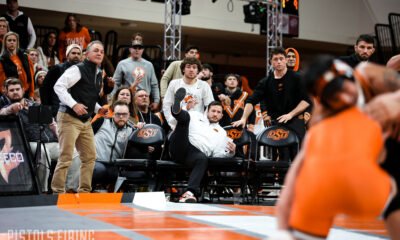
 Wrestling2 days ago
Wrestling2 days agoOSU Wrestling: How John Smith Started a Tradition of Late-Night Workouts For Cowboys Seeking World Glory
-
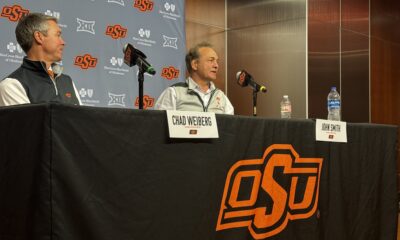
 Wrestling4 days ago
Wrestling4 days agoOSU Wrestling: The Impact John Smith Had on His Final Boss, Chad Weiberg
-
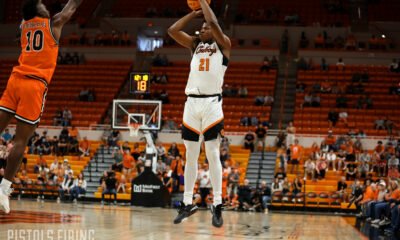
 Hoops4 days ago
Hoops4 days agoJustin McBride Enters Transfer Portal






